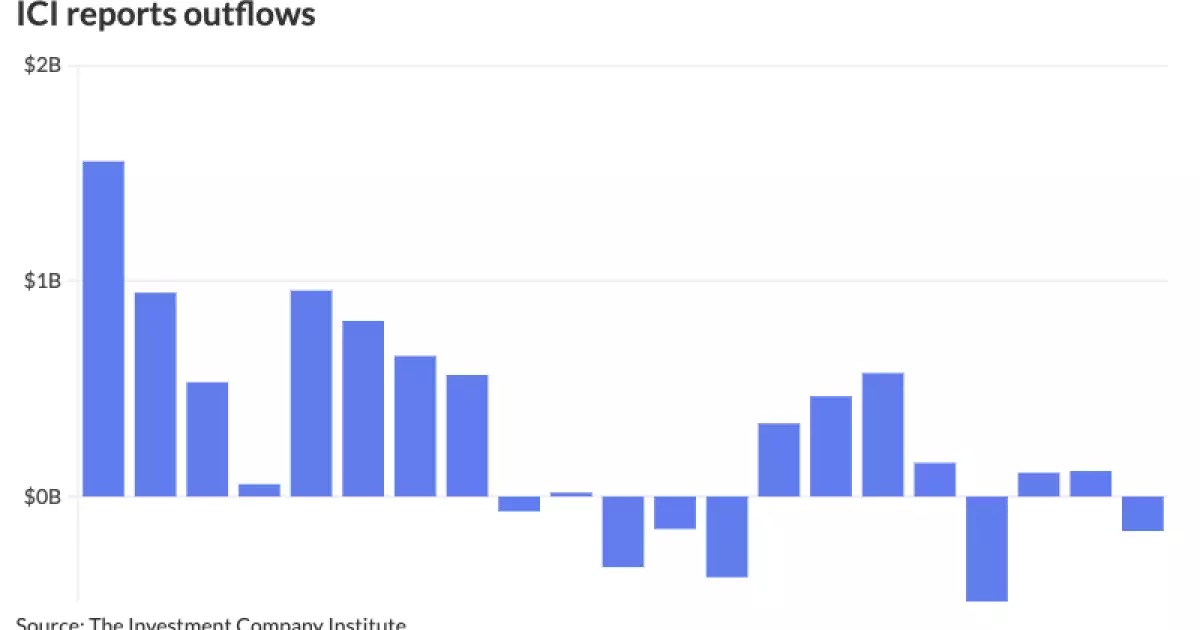The municipal bond market showed signs of stability and slight improvement leading up to the Fourth of July holiday. This was influenced by a decrease in U.S. Treasury yields and a mixed performance in equities. The minutes of the Federal Open Market Committee meeting indicated that there was no rush to cut rates, as the committee still required more evidence that inflation was moving towards the desired 2% target before making a decision. The slower progress in reducing inflation was highlighted, with an emphasis on the need for greater confidence in sustainable inflation movements before any adjustments to interest rates would be considered.
Despite the cautious approach taken by the FOMC, municipal yields saw a slight improvement, with AAA yields falling by one to three basis points. The ratio between municipal and Treasury yields varied across different tenors, with some showing more significant changes than others. Market data from Refinitiv and ICE Data Services reflected these fluctuations, indicating a mix of positive and negative trends in the market.
Looking ahead, market analysts highlighted several factors that could impact near-term yields in the municipal bond market. These include the upcoming FOMC meeting in mid-July, which will be closely monitored by issuers. Additionally, the anticipation of November’s election and the need for pre-funding transactions to address rollover needs further contributed to the uncertainty in the market. The differences in yields across different tenors and rating categories were also noted, reflecting the complexity and diversity of the municipal bond market.
Supply and demand dynamics play a crucial role in shaping the municipal bond market. Market analysts suggested that supply could take on a “larger bifurcated nature,” with the potential for spread widening in some market names and compression in high-tax states. Recent trades were cited as examples of this changing dynamic, indicating a shift in market behavior based on supply and demand patterns. The impact of seasonal factors and tightening cycles on market forces was also highlighted, showcasing the importance of understanding these dynamics for effective decision-making.
Despite fluctuations in issuance volume, there are several large deals on the horizon, reflecting the ongoing activity in the municipal bond market. The Bond Buyer’s 30-day visible supply grew to $11.93 billion, signaling continued interest in municipal bonds. Various entities, including state authorities and transit organizations, are set to price significant deals in the coming weeks, further adding to the market’s vibrancy. These deals highlight the diverse range of issuers and projects that contribute to the overall landscape of the municipal bond market.
Yield curve movements in the municipal bond market were influenced by various factors, including changes in Treasury yields and market sentiment. Refinitiv MMD’s scale and ICE AAA yield curve showed adjustments in key maturity points, reflecting the ongoing fluctuations in market conditions. Bloomberg BVAL data also indicated shifts in yields across different maturity points, underscoring the dynamic nature of the municipal bond market. These changes in yield curves highlight the need for monitoring and analysis to make informed investment decisions.
The municipal bond market continues to experience fluctuations and uncertainties, driven by a combination of economic indicators, market dynamics, and supply-demand factors. Understanding the trends and developments in the market is essential for investors, issuers, and other stakeholders to navigate the complexities of the municipal bond market effectively. By staying informed and analyzing key data points, market participants can make informed decisions that align with their investment goals and risk tolerance.

